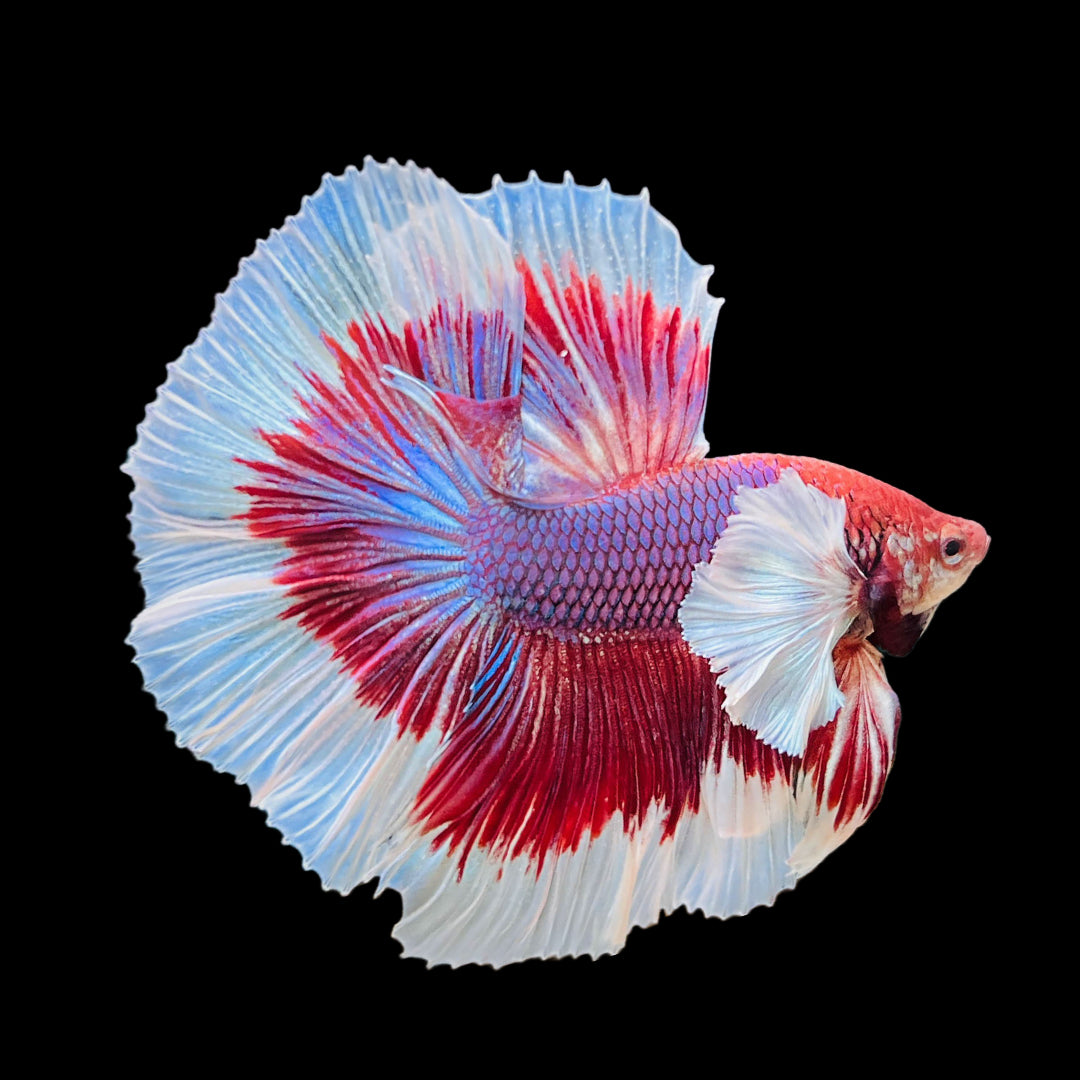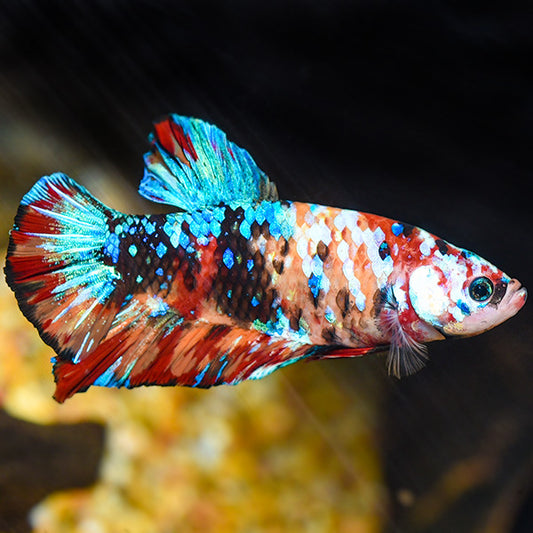Just How to Introduce Betta Fish to a Neighborhood Storage Tank Securely
Just How to Introduce Betta Fish to a Neighborhood Storage Tank Securely
Blog Article
How to Reproduce Betta Fish Efficiently: Professional Methods and Insights for Hobbyists Seeking To Increase Their Betta Collection
Reproducing Betta fish calls for a nuanced understanding of genetics and ecological problems, making it important for enthusiasts to approach the process with both persistance and treatment. Creating an ideal reproduction environment, selecting the ideal sets, and observing the ins and outs of their courtship behaviors are foundational steps that can dramatically affect the end result. The succeeding care of the fry is critical for ensuring their healthy and balanced advancement. As we explore these crucial components, it comes to be clear that successful reproduction is not nearly the preliminary pairing yet includes a more comprehensive technique that qualities cautious factor to consider.
Recognizing Betta Fish Genes
Recognizing the genetics of Betta fish is essential for successful reproduction, as it influences qualities such as shade, fin form, and actions. Betta fish show a varied selection of colors and patterns, largely identified by their hereditary make-up. The key genetics responsible for coloration consist of the "B" genetics for blue, "D" genetics for red, and the "C" gene for color intensity. Breeders can manipulate these qualities by selecting particular parent fish that display preferred attributes.
In addition to coloration, fin morphology is one more considerable element of Betta genes (betta fish). The shape and size of fins are affected by numerous genes, including those that identify whether the fins are short, long, or veil-shaped. Understanding these hereditary variations assists dog breeders predict the phenotypic results of their children
Additionally, behavioral traits such as aggressiveness and territoriality can also be influenced by genetics. These habits play an important function in the reproducing process, as they can affect spawning success and the overall temperament of the resulting fry. By comprehensively comprehending these genetic principles, dog breeders can make educated decisions, ultimately boosting their breeding programs and attaining preferable results.
Preparing the Reproduction Setting
Creating an ideal reproduction environment is important for the effective recreation of Betta fish. The first step in preparing this atmosphere is to choose an ideal breeding storage tank, ideally varying from 5 to 10 gallons.
Following, consider making use of a sponge filter or an air stone to supply mild water circulation without creating strong currents that can stress the fish. It is important to mount plants or reproducing cones to offer hiding spots and promote comfort for the woman throughout the spawning procedure. Drifting plants, such as Java moss or water sprite, can additionally develop a more natural surroundings while promoting bubble nest structure by the man.
Prior to presenting the reproducing sets, ensure the water is conditioned and devoid of dangerous chemicals, such as chlorine or hefty steels. betta fish. Normal water adjustments need to be performed to keep optimum water top quality, boosting the opportunities of effective reproduction. With these prep work in place, the breeding over here environment will support the health and wellness and wellness of both Betta fish
Choosing Breeding Pairs
Selecting the ideal breeding sets is vital for achieving effective Betta fish reproduction. Healthy Betta fish display vibrant shades, clear eyes, and active actions.
Temperament is an additional essential factor to consider, as Betta fish are understood for their hostile nature. It is a good idea to select a man and woman that show compatible personalities to reduce stress and anxiety during the reproducing process. A tranquil male can motivate a smoother courtship, while a female that is as well aggressive may disrupt the process.
Hereditary background additionally plays a significant duty in the quality of the children. Reproducing fish that are genetically diverse can lower the danger of genetic health concerns and enhance the total vigor of the fry. It is beneficial to look into the lineage of both the man and female, focusing on preferable traits such as fin type, color scheme, and dimension.
The Reproduction Process
The breeding process of Betta fish calls for mindful planning and interest to information to ensure a successful result. Originally, it is vital to prepare an ideal reproduction tank, ideally a 5-10 gallon aquarium with a temperature level maintained at visit homepage 78-80 ° F. The container needs to be furnished with a heater, filter (ideally sponge type to prevent solid currents), and lots of water plants for the lady to conceal.
Once the atmosphere is established, present the picked reproducing set to the tank, allowing them to accommodate. Observe their actions; the male will show sophisticated courtship rituals, including flaring his fins and developing a bubble nest. If the woman reveals passion, she will display upright stripes suggesting preparedness for spawning.
When the lady is responsive, the pair will certainly engage in a mating welcome, during which the male feeds the eggs. Maintaining optimum water problems during this duration is vital for the development of healthy and balanced Betta fry.
Caring for Betta Fry

Feeding Betta fry is vital, as they require a diet high in healthy protein. They can be fed infusoria or liquid fry food, transitioning to finely smashed high-grade pellets as they expand. Feed small portions several times a day to motivate healthy and balanced development without straining the container with leftover food.

As they mature, check their development closely and separate any type of hostile individuals to avoid damage. By supplying a supporting environment and correct nourishment, hobbyists can successfully elevate Betta fry into vivid, healthy fish, inevitably enhancing their breeding undertakings.
Conclusion
Effective Betta fish breeding needs thorough attention to hereditary option, environmental conditions, and take care of the fry. By understanding the genes of Betta fish and additional info preparing an appropriate breeding atmosphere, enthusiasts can enhance the possibilities of generating vibrant, healthy spawn. Picking compatible breeding pairs and very closely keeping track of the courtship and generating procedures are essential. Lastly, giving optimal look after the fry ensures their healthy and balanced growth, adding to a flourishing Betta collection.
Report this page